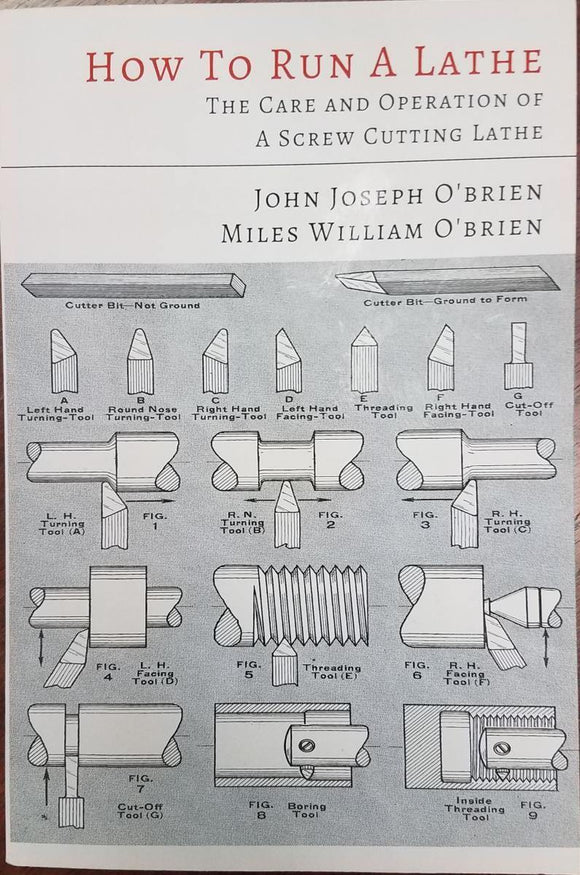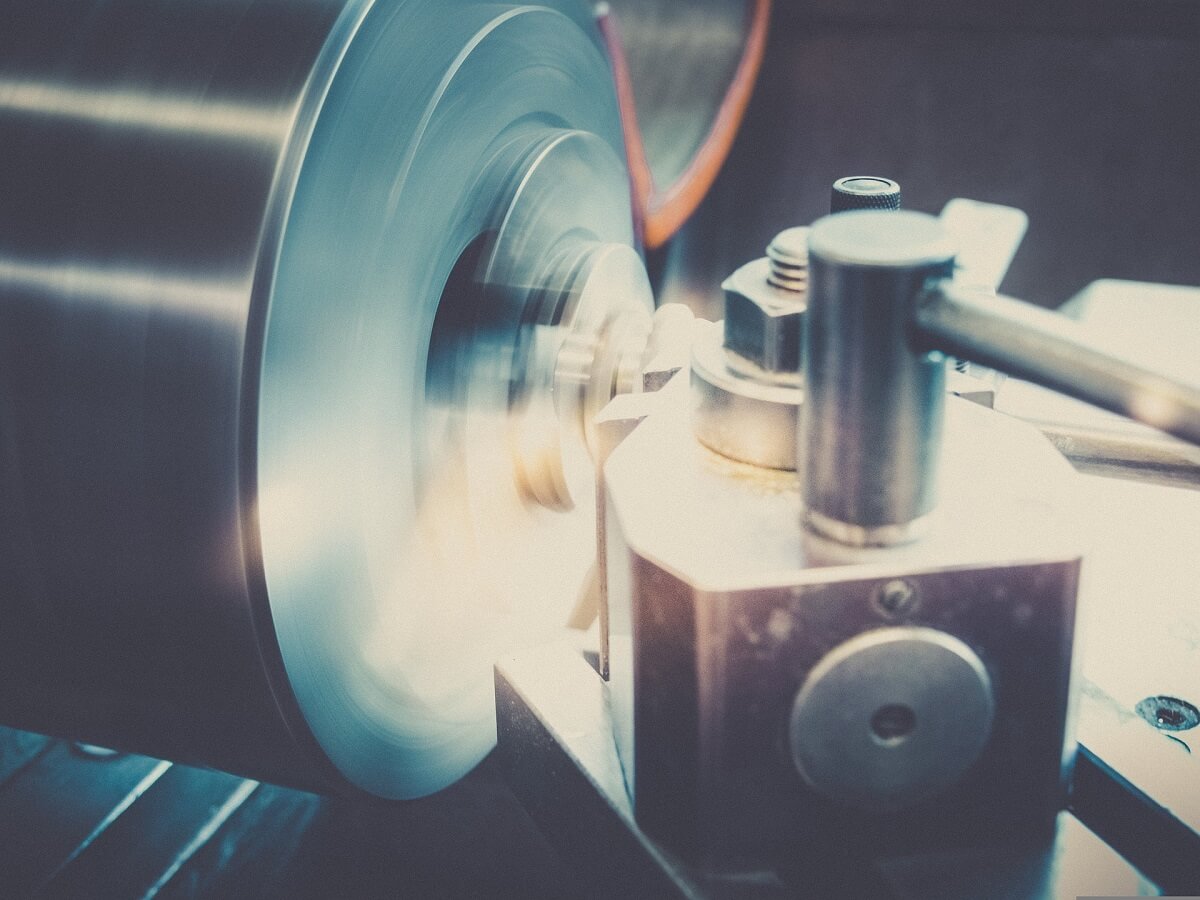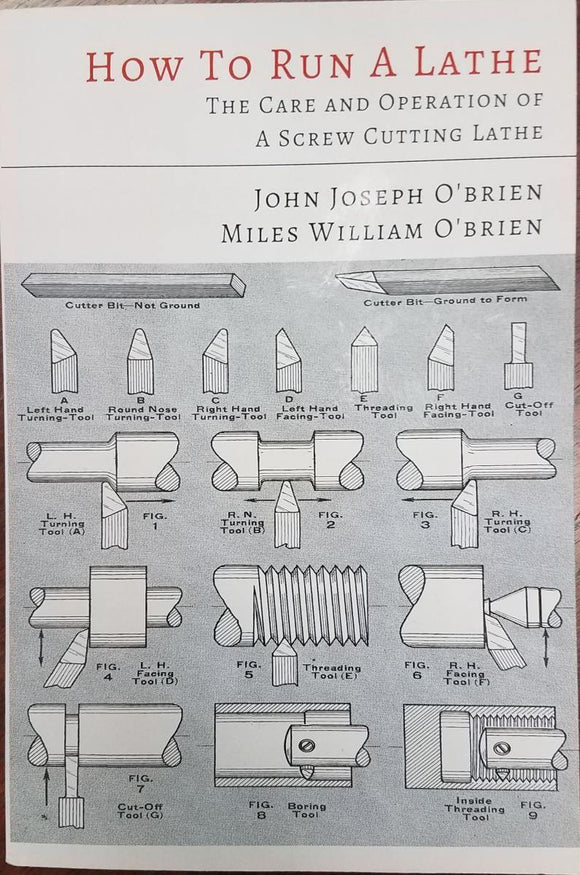Are you wondering how fast to run a lathe? Well, you’ve come to the right place! Running a lathe at the correct speed is crucial for achieving precise and high-quality results. In this article, we’ll explore the factors that determine the speed of a lathe and provide you with some practical tips to find the optimal speed for your lathe projects. So let’s dive in and uncover the secrets of lathe speed!
When it comes to determining the speed at which to run a lathe, several factors come into play. First and foremost is the type of material you’re working with. Different materials require different cutting speeds to achieve optimal results. Then there’s the diameter of the workpiece, which influences the rotational speed. Additionally, the tool being used and the desired surface finish also affect the speed.
Finding the right lathe speed may seem like a daunting task, but fear not! We’re here to guide you through the process. Whether you’re a novice or an experienced woodworker or machinist, understanding how to adjust the speed of your lathe can make a world of difference in the quality of your work. So let’s roll up our sleeves and get ready to unleash the full potential of your lathe!
To determine the ideal speed for running a lathe, follow these steps:
- Identify the material you are working with.
- Refer to the lathe’s manual for recommended speed ranges.
- Select the appropriate speed setting on the lathe’s control panel.
- Start the lathe and gradually increase the speed as needed.
- Monitor the quality of the cut and make adjustments as necessary.
Remember to prioritize safety precautions when operating a lathe. Happy turning!

How Fast to Run a Lathe: A Comprehensive Guide to Optimal Speeds
The Importance of Choosing the Right Speed
When it comes to running a lathe machine, one of the most crucial factors to consider is the speed at which it should operate. The speed at which a lathe runs can significantly impact the quality and precision of the workpiece being machined. Running the lathe at a speed that is too high or too low can lead to various issues, such as poor surface finish, excessive tool wear, and even damage to the lathe and workpiece. Therefore, it is essential to understand the factors influencing the choice of speed and how to determine the optimal speed for different machining operations.
The optimal speed for running a lathe depends on several factors, including the material being machined, the type of cutting tool, the diameter of the workpiece, and the desired surface finish. Different materials require specific cutting speeds to achieve the best results. For example, softer materials like aluminum can be machined at higher speeds, while harder materials like steel require lower speeds. The type of cutting tool being used, such as high-speed steel or carbide, also affects the recommended speed range. Additionally, the diameter of the workpiece plays a role, as larger workpieces require lower speeds to prevent excessive vibration and maintain stability.
It is important to note that the optimal speed may vary based on personal preferences and experience. However, there are general guidelines and formulas that can help determine the appropriate speed for a given machining operation. Understanding these guidelines and factors can greatly enhance the efficiency and accuracy of lathe operations.
Determining the Cutting Speed for Different Materials
As mentioned earlier, the choice of cutting speed depends on the material being machined. To determine the appropriate cutting speed, machinists commonly refer to cutting speed charts or use specific formulas. One widely used formula is the spindle speed formula:
Spindle Speed (RPM) = (Cutting Speed x 12) ÷ (3.14 x Diameter)
Using this formula, machinists can calculate the recommended spindle speed based on the desired cutting speed and the diameter of the workpiece. It is important to note that cutting speed is typically given in surface feet per minute (SFPM) and should be converted to the appropriate units before using the formula.
For example, if we want to machine a steel workpiece with a cutting speed of 200 SFPM and a diameter of 2 inches, the spindle speed can be calculated as follows:
Spindle Speed (RPM) = (200 x 12) ÷ (3.14 x 2) = 381.91 RPM
It is crucial to consult cutting speed charts or reference materials provided by tool manufacturers for specific materials and cutting tools, as they may provide recommended speeds for each material and type of cutting tool.
The Impact of Tooling on Speed Selection
The choice of cutting tool and tooling material also plays a significant role in determining the optimal speed for a lathe operation. Different cutting tools have different recommended speed ranges based on their design, material composition, and cutting characteristics.
High-speed steel (HSS) tools, for example, can typically handle higher speeds compared to carbide tools due to their ability to dissipate heat effectively. Additionally, carbide tools have a higher resistance to wear and are more suitable for high-speed cutting operations. It is recommended to refer to the tool manufacturer’s guidelines to ensure that the lathe is operated at the appropriate speed range for the specific cutting tool being used.
Moreover, it is essential to consider the tool’s condition and sharpness. A dull or worn-out tool may require a lower speed to achieve the desired results. Regularly inspecting and maintaining the cutting tools is crucial for optimal performance and safety.
Factors to Consider When Determining Speed for Lathe Operations
Material Considerations: From Aluminum to Hardened Steel
When determining the speed at which to run a lathe for specific operations, the material being machined is an essential factor to consider. Different materials have varying properties and behaviors, and thus require different speed ranges for optimal results.
Soft materials like aluminum are relatively easy to work with and can be machined at higher speeds to achieve efficient material removal. The high thermal conductivity of aluminum also helps dissipate heat generated during machining, reducing the risk of workpiece damage. On the other hand, harder materials like hardened steel or cast iron require lower speeds to avoid excessive tool wear and prevent damage to the workpiece or lathe.
It is essential to consult material-specific cutting speed charts or references to obtain recommended speed ranges for different materials. These references may provide a range of cutting speeds based on the material’s hardness and the specific machining process, such as turning, drilling, or facing.
Workpiece Diameter: Impact on Stability and Vibration
Another crucial factor to consider when determining the speed at which to run a lathe is the diameter of the workpiece. The diameter influences the stability of the workpiece during machining and the level of vibration experienced. As a general rule, larger workpieces require lower speeds to maintain stability and reduce vibration.
When the lathe is operated at high speeds with larger workpieces, the centrifugal forces generated can cause the workpiece to vibrate, leading to poor surface finish and decreased accuracy. To ensure optimal results, it is recommended to select a speed that balances the workpiece diameter, material, and desired surface finish.
Additionally, it is important to consider the length-to-diameter ratio of the workpiece. Longer workpieces may require additional support or lower speeds to minimize deflection and maintain accuracy throughout the machining process.
Desired Surface Finish: Achieving the Perfect Result
The desired surface finish is another crucial factor that influences the choice of lathe speed. Different surface finishes may require different cutting speeds and feed rates to achieve the desired outcome.
In general, a higher surface finish quality requires lower cutting speeds. When a lower surface finish is acceptable, higher cutting speeds can be used to increase productivity. However, compromising speed for better surface finish may be necessary in some cases, especially when working with delicate or precision components.
It is important to experiment and test different cutting speeds and feed rates to achieve the desired surface finish, keeping in mind the limitations of the lathe and the machining operation being performed.
Tips for Efficiently Running a Lathe at the Right Speed
Regularly Inspect the Cutting Tools
To ensure optimal performance and prevent any unwanted issues, it is essential to regularly inspect the cutting tools. Dull or worn-out cutting tools may require lower speeds to compensate for their reduced cutting ability. Inspecting the cutting tools regularly and replacing them when necessary can significantly improve the efficiency and quality of lathe operations.
Refer to Cutting Speed Charts and Manufacturer Guidelines
Always refer to cutting speed charts and guidelines provided by tool manufacturers for specific materials and cutting tools. These references provide valuable information on the recommended speed ranges based on material hardness, type of cutting tool, and machining process. By following these guidelines, you can ensure that the lathe is operated at the optimal speeds for various machining operations.
Experiment and Test Different Speeds
Every lathe and machining operation is unique, and what works for one may not work for another. It is essential to experiment and test different speeds, feed rates, and cutting tools to find the optimal combination for your specific application. Keep records of the settings used for each operation to facilitate future reference and ensure consistent results.
In conclusion, choosing the right speed for running a lathe is crucial for achieving efficient and high-quality machining operations. Factors such as material properties, workpiece diameter, and desired surface finish all influence the selection of the optimal lathe speed. By considering these factors, regularly inspecting cutting tools, and referring to cutting speed charts and manufacturer guidelines, you can ensure that your lathe operates at the right speed for each machining operation. Experimentation and testing are also key to finding the best speed settings for your specific application. With the knowledge and tips provided in this guide, you can improve the precision, productivity, and overall performance of your lathe operations.
Key Takeaways: How to Determine the Speed for Running a Lathe
- Understanding the material being worked on is important for determining the speed of a lathe.
- Checking the manufacturer’s recommendations and guidelines for the specific lathe being used is crucial.
- Start with a slower speed and gradually increase it to avoid damaging the material.
- Consider the type of cutting tool being used, as different tools require different speeds.
- Experience and experimentation are key in finding the optimal speed for a lathe operation.
Frequently Asked Questions
Welcome to our FAQ section on running a lathe at the right speed! Below, you’ll find answers to common questions regarding how to determine the optimal speed for operating a lathe.
What factors should I consider when determining the speed of a lathe?
When determining the speed of a lathe, there are a few important factors to consider. First, you need to consider the material you are working with. Different materials require different cutting speeds to achieve optimal results. Second, the size and complexity of your project will also play a role in determining the appropriate speed. Smaller, intricate projects may require slower speeds to ensure precision, while larger projects may benefit from faster speeds. Lastly, the type of cutting or shaping tool you are using will also influence the speed at which you should run the lathe.
By taking these factors into account and making adjustments as needed, you can optimize the speed of your lathe for any given project, ensuring the best outcome.
How can I determine the proper cutting speed for a specific material?
Determining the proper cutting speed for a specific material involves a combination of knowledge and experimentation. To start, refer to the manufacturer’s recommendations for cutting speeds for a particular material. These recommendations are usually available in cutting speed charts or in the product documentation. These guidelines provide a great starting point.
However, it’s important to note that these recommendations may not be a perfect fit for your specific project. Factors like the tool you are using, the size of the workpiece, and the desired finish may require adjustments to the recommended cutting speeds. It’s a good idea to experiment with different speeds and observe the results. By gradually increasing or decreasing the speed and observing the effects on the material, you can find the optimal cutting speed for your specific project.
What risks are associated with running a lathe at incorrect speeds?
Running a lathe at incorrect speeds can pose several risks. If the speed is too high, it can cause the workpiece to overheat, which can lead to damage or even material failure. High speeds can also result in less control over the cutting process, increasing the risk of accidents or injuries. On the other hand, running a lathe at speeds that are too slow can result in poor quality cuts, rough finishes, and an inefficient workflow.
By operating the lathe at the correct speeds, you can minimize these risks. The ideal speed will balance efficiency and precision, ensuring smooth cutting, good surface finishes, and safe operation.
What are some common techniques for adjusting the lathe speed?
There are several techniques you can use to adjust the speed of a lathe. One common method is to use a variable speed control, which allows you to easily adjust the speed to suit your needs. This can be particularly useful when working with different materials or when transitioning between different stages of a project. Another technique is to use different-sized pulleys or belts to change the speed of the lathe. By swapping out pulleys or adjusting the position of the belt, you can achieve different speeds.
Furthermore, modern lathes often come with electronic speed controls that allow for quick and precise adjustments. These controls typically provide a range of speeds that can be easily selected with the push of a button or the turn of a knob. Whichever technique you choose, it’s important to follow the manufacturer’s instructions for adjusting the speed of your specific lathe model.
Are there any general guidelines for determining the speed of a lathe?
While there are no hard and fast rules, there are some general guidelines you can follow when determining the speed of a lathe. For small workpieces, start with slower speeds and gradually increase as needed. For larger workpieces, you may start with a faster speed and make adjustments based on the specific requirements of your project. When working with softer materials, consider using faster speeds, while harder materials often require slower speeds. Remember, it’s always better to start with a slower speed and make adjustments as you go, rather than risking damage by starting too fast.
Ultimately, finding the right speed for your lathe involves a combination of knowledge, experience, and trial and error. By considering the factors mentioned earlier and experimenting with different speeds, you’ll be able to determine the optimal speed for each project, ensuring the best results.

Summary
Running a lathe too fast can be dangerous and cause accidents, so it’s important to know the right speed. The speed depends on factors like the workpiece material, tool size, and desired finish. To find the ideal speed, consult the lathe’s manual or calculations, and always prioritize safety above everything else.
Running the lathe at the right speed ensures smooth and precise cuts. It prevents the tool from breaking or wearing out too quickly. Remember to adjust the speed based on the specific requirements of each task, and never compromise on safety precautions.
